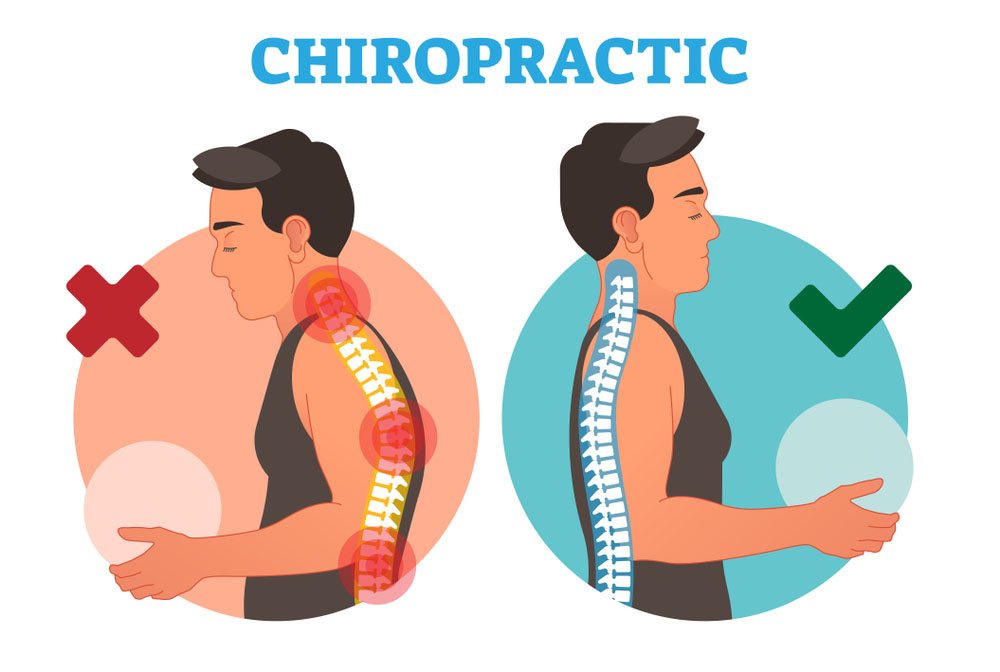Discover Your Perfect Healer Today!
Our online practitioner directory connects you with a wide range of healers to suit your unique needs.
Easily search and find the right professional to support your wellness journey.
Start exploring today to find your perfect match.
Modality
Disease
Books
Products
Events
Training
Blogs
Ayurveda
Steps to Becoming an Ayurvedic Practitioner: A Comprehensive Guide
The path to becoming an Ayurvedic practitioner is both ancient wisdom and modern education in one. This outline gives clear steps on how to understand ...
Read More → Written by
Michael Johnson
Chiropractor
Steps to Becoming a Chiropractor: A Complete Guide
Professional education along with their training and licensure gives a chiropractor some measure of professionalism. Chiropractors deal with very soft and gentle therapy to promote ...
Read More → Written by
James Williams
Chiropractor
Chiropractic Care: Who Benefits and How It Helps?
Chiropractic care has gained acceptance around the world, being non surgical management of many disorders. Although it is often regarded as useful for the care ...
Read More → Written by
James Williams
Chiropractor
What Exactly Does a Chiropractor Do? A Comprehensive Guide
Chiropractors are medical professionals who diagnose and treat neuromuscular disorders. They lay emphasis on manual adjustment and manipulation of the spine. Most people believe that ...
Read More → Written by
James Williams
Lyme Thank You
Thanks for being with us! We will provide the results to you. Your journey to better health and support starts here. We encourage you to ...
Read More → Written by
Web Master
Target Page
Exploring the World of Yoga: A Journey of Discovery
Yoga is an ancient Indian philosophy that has globalized and had significant ramifications on physical, psychological, and spiritual well-being. The purpose of this blog post ...
Read More → Written by
Michael Johnson





